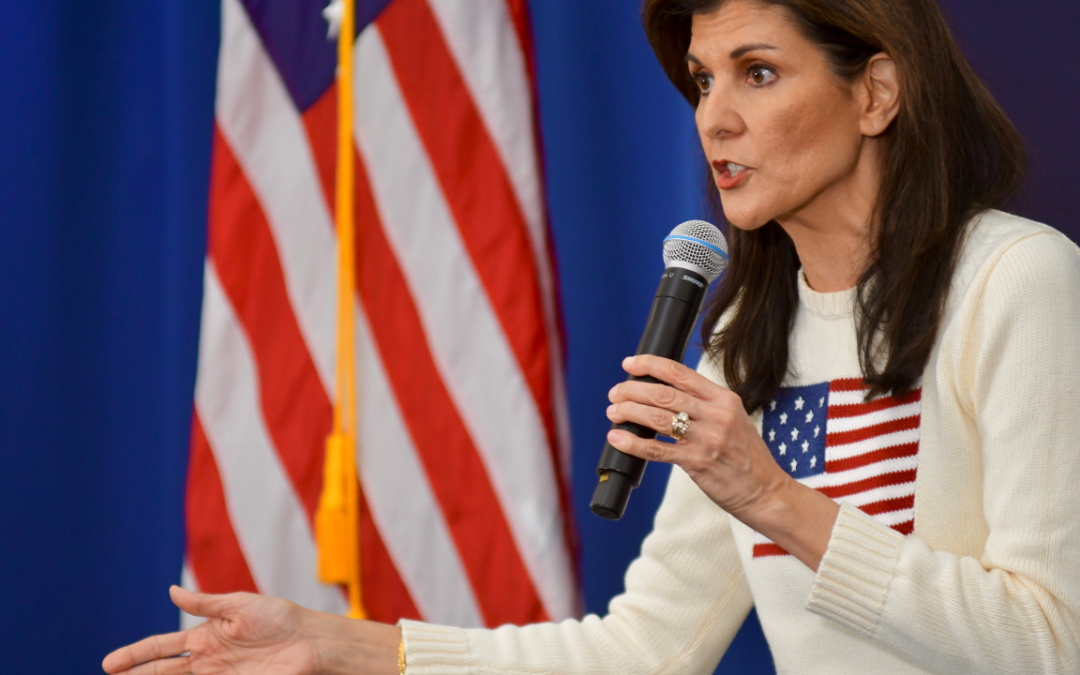“If you only have a hammer, everything looks like a nail’. Today, monetary policy is the hammer and inflation is the nail.
This old adage hints at a misdiagnosis. What if inflation isn’t best tackled by monetary policy? Suppose inflation is being generated by supply side disruptions, including production and labor market constraints, as well as from expenditure-switching that has disproportionately lifted goods prices?
We’ve argued in these pages before that inflation is not always and everywhere a monetary phenomenon, with apologies to Milton Friedman. We won’t repeat ourselves in detail here, but simply note that today a combination of disruptions to the supply of goods, services, and labor, coincident with surging demand as spending restrictions were lifted post-pandemic and were reinforced by unprecedented fiscal expansion, can create the semblance of inflation—namely an episode of accelerating prices and wages. We say ‘semblance’ because as demand weakens due to the withdrawal of fiscal stimulus, as is now underway in the US, and due to falling real wages, which is the case worldwide, inflation is apt to crest and decline of its own accord.
That might not be true if medium-to-long term inflation expectations were rising. Then a one-time rise in the price level could become persistent.
But most measures of inflation expectations indicate they have not changed, or not much. Could conventional measures of inflation expectations, such as surveys of businesses and households, as well as market derived readings from inflation-linked bonds, inaccurately reflect shifting dynamics of price and wage-setting in the economy?
That is a legitimate question. And to return to the opening metaphor, we should try to answer it before hammering in the nail.
It is worth reminding skeptical readers that easy money, negative real interest rates and bloated central bank balance sheets emerged from the 2008 financial crisis (and arose even earlier in Japan), and persisted since then, without leading to a surge of inflation remotely like today’s experience. It is difficult to argue, therefore, that ‘easy’ money caused today’s inflation. If not, one must wonder whether ‘tight’ money is the solution.
Of course, few central bankers share our views. The Federal Reserve, the Bank of England, and now even the European Central Bank are gearing up to aggressively tighten monetary policy.
Central banks, after all, have hammers, called interest rates. Their mandates, and perhaps even more their concerns about their credibility, implore them to pound every inflation nail, irrespective of what might have caused it to protrude.
Seen in that light, last Friday’s US consumer price inflation report was utterly dismaying for investors, ordinary citizens, and incumbent politicians alike. By showing that US inflation continues to accelerate and is broadening to more goods and services, the report ensured that the Fed intends to swing a big hammer when it convenes this week. Similarly, at the meeting in Amsterdam last week, the ECB’s decision makers agreed to lift interest rates in July and September and signaled a willingness to go big if needed.
Aggressive monetary policy tightening on both sides of the Atlantic dramatically lowers the odds that the US and world economy can manage a ‘soft landing’ over the next 18 months. History is clear: When central banks wield the hammer, thumbs get bruised.
For investors, particularly in global equities and credit, the prospect of rapid rate increases poses a toxic combination. The present value of future earnings (cash flows) falls due to rising bond yields and higher risk premiums. Astute investors will also mark down estimates of next year’s corporate earnings knowing margins are typically eviscerated in recessions.
In the wake of Friday’s US inflation report, the US Treasury market sold off sharply as investors duly increased the odds of a 75-basis point Fed rate hike at this week’s Federal Open Market Committee (FOMC) meeting. But long-term interest rates did not rise as much as those for shorter maturities, a hint that investors are beginning to worry about an economic slowdown.
Still, given the Fed’s historic reluctance to surprise markets, a half-point hike this week seems more likely. It is apt to be delivered with a ‘hawkish’ message about what’s to come at ensuring FOMC meetings. Next month the ECB should be expected to ape the Fed—deliver an expected 25 basis point rate hike, but with a message it is prepared to move faster.
Inflation is notoriously a lagging indicator. That alone should caution central bankers from overreacting to what is, effectively, yesterday’s news. So, investors are also advised to sift through upcoming economic data to see how consumers and businesses may be adjusting to high inflation. This week, US retail sales merits scrutiny. Households will have to pay up for more expensive energy and food, but they might begin to scale back purchases of non-essentials. Recent inventory problems at major retailers suggest that might already be happening.
Finally, energy prices are a key source of consumer anxiety. But short of inducing a deep recession, central banks can do nothing about oil prices or the factors that have driven them up this year. Russian supplies of oil and gas are apt to slip in the second half of 2022. OPEC appears incapable of lifting output much. And US producers are weary of ‘drill, baby, drill’, having been burned in the past. Data on production, rig counts, and investment suggest US output is unlikely to rise this year.
Energy prices are a big nail, but the monetary policy is not the right hammer.
Markets have had a rough first half of 2022. Alas, the hammer blows that are about to fall could make things a lot worse over the remainder of this year.



